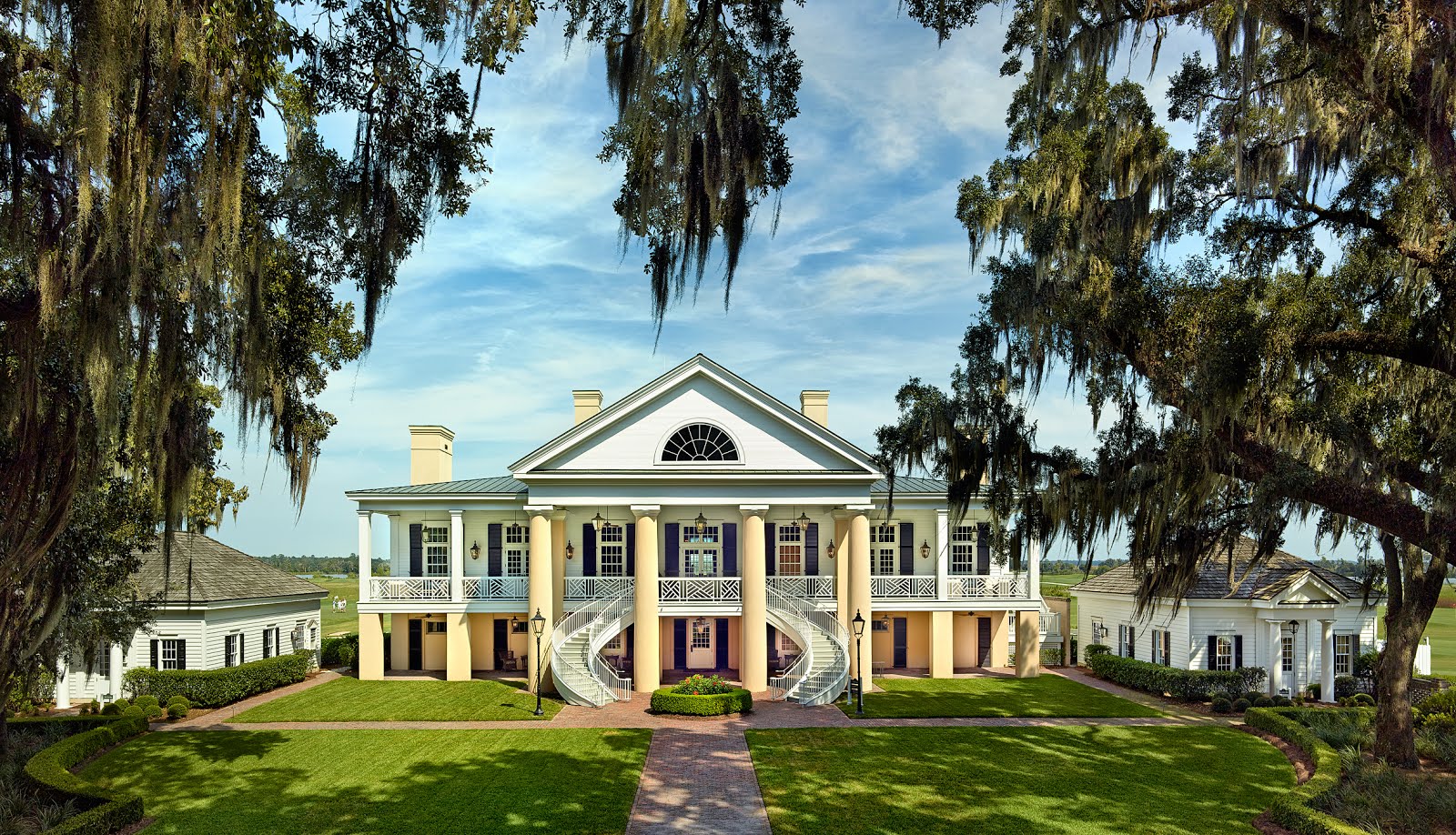The Ford Plantation Agronomy Blog
 Welcome to The Ford Plantation Agronomy Blog Spot presented by Director of Golf Course Maintenance, Nelson Caron. Feel free to navigate the blog and get caught up on the most current golf course maintenance practices and latest course conditions.
Welcome to The Ford Plantation Agronomy Blog Spot presented by Director of Golf Course Maintenance, Nelson Caron. Feel free to navigate the blog and get caught up on the most current golf course maintenance practices and latest course conditions.
May 17-21, 2010...
Front 9 Greens Core Aeration
Front 9 Greens Soil Profile Amendment Rehabilitation Project
May 24-28, 2010...
Back 9 Greens Core Aeration
May 31-June 4, 2010...
Detailed attention to growing aeration holes on greens "back-in". Also to include greens topdressing to promote a smoother surface over aeration holes.
June 7-11, 2010...
Fairway Aeration
Tim Liddy, Golf Course Architect, from Pete Dye Designs here at Ford to meet with T&H Engineering Firm
Rough Scalping and Topdressing
Above: A quick aeration video
Current Course Conditions
Greens:
The greens aeration is complete on the front nine and back nine. So we now start the healing process of the aeration holes. I expect the greens to recover with in the next 2 weeks and reestablish smooth fast putting surfaces you all are accustom to by day 17. We can expect the front 9 greens to heal faster since they were aerated before the back nine.
Rest of course: fairways, tees and rough:
The fairways, tees and rough are playing very well right now. The bermudagrass is really enjoying this warm weather. The course is playing firm and fast due to the lack of rainfall this month. Tee balls hit with the driver are rolling a long way out...
Areas of Concern:
Due to the lack of rainfall, Lake Dye (the irrigation lake) is low. Therefore, to compensate we have reduced or completely eliminated watering large areas of turfgrass to conserve water. If the turfgrass becomes endangered of going through insurmountable stress, we will irrigate as necessary to keep the grass alive. So far, there is absolutely no danger of losing too much water or turf for that matter, but we will be cautious. It is summer time here in Savannah, so evening rain storms are inevitable... we just hope to get hit a few times to fill the lakes. This is the complete opposite of the wet winter we just went through.
Upcoming Golf Events Calendar
June 25, 2010...
American Cancer Society Tournament
June 29, 2010...
GA Golf Association Golf Tournament
Recent Project Update: Front 9 Greens Soil Amendment Rehabilitation Project
Before my arrival here at Ford, major turfgrass loss on the front 9 putting greens was experienced due to the turfgrass disease known as "Fairy-ring". Fairy-ring is a very troubling turf disease and occurs all over the country, especially here in the southeast. Once golf course putting greens get infected with Fairy-ring (FR) it is difficult to rid the putting surfaces of them.
After experiencing total turf death on portions of the front 9 greens the staff in 2007 decided to
resod the infected areas. Today, the FR is under control in these areas but we still suffer turf decline in the exact same spots. After further investigation, it was clear why. When the 2007 staff replaced the sod on the greens they placed a bunker sand under the sod to level it with the rest of the
existing green. This caused an immediate layering issue in the soil profile... a big problem when considering a sand based green composition and water infiltration. In short, the sand that was placed under the sod for leveling was not ideal for turf growth being mowed at putting green
height... therefore we experienced decline.
The solution was then a simple decision, although a difficult labor intensive one. My staff had to excavate the unwanted material (the bunker sand under the
existing sod) and replace it with a proper greens profile sand mix suitable for turf growth at putting green mowing
heights. This was a big project and we are f
inally finished. The end results are
encouraging and my staff will focus on establishing and growing these areas to the high putting greens standards our members have grown to enjoy. Here are some pictures of the project:

Pictured here is a perfect example of the layering issue caused by using 2 different types of sand in the greens profile. Notice the white bunker sand in the middle of this soil core.

Pictured here is a soil core sample taken from a green that was not patched with sod. This is what it should look like. Notice the grass growing on top of nice diluted greens mix.

Here we see the men and equipment needed to remove the front of # 6 green.

Notice in this slide, the white bunker sand on the left after the old sod has been removed and the bunker sand exposed. Also notice the original desired greens mix (yellow) on the right.


Here the men apply a new desirable mix after removing the
contaminated mix. We used a certified soil laboratory in the Northeast to verify that our local sand producer could blend a sand that matched our original greens mix as close as possible.

The next step was to blend the new mix with the old not encounter any layering. We used a
rotto-tiller and the result was desirable. Here we see the old and new on its way to being blended.

A great deal of skill and care is required to lay the new putting green sod.

The finish product. It will take several months for this
new grass to establish. We are hopeful that these areas will no longer decline and that we can provide the membership with best putting surfaces possible.



















































